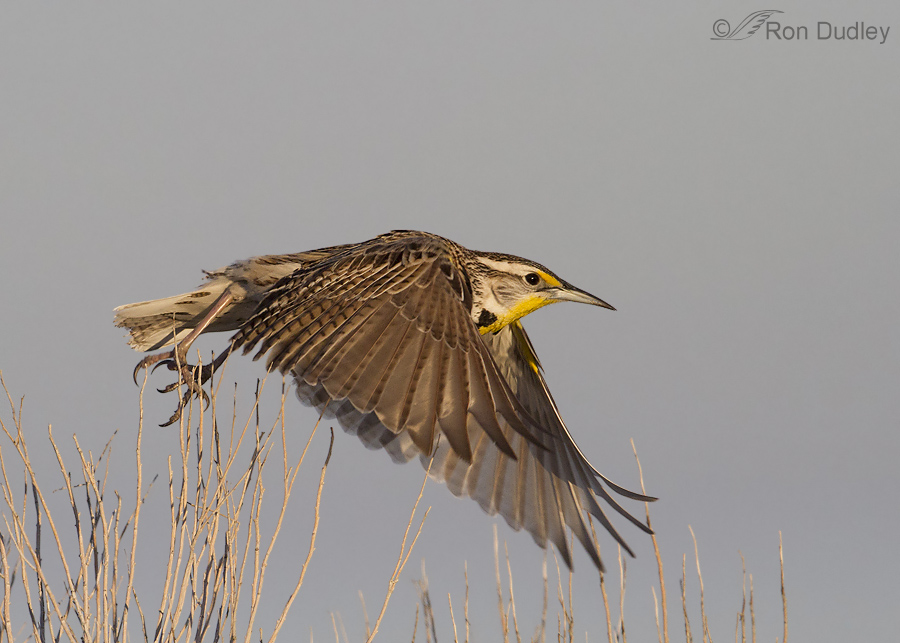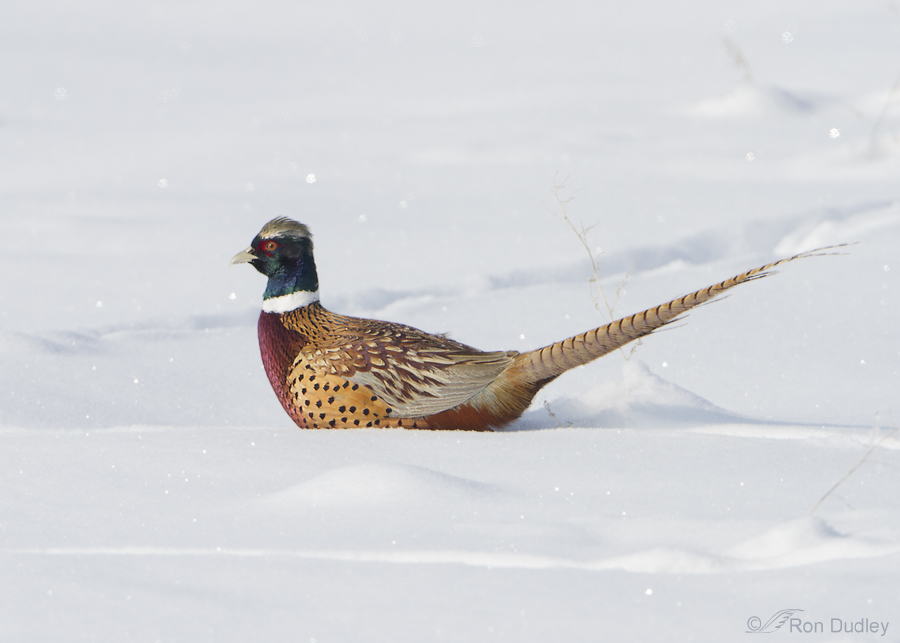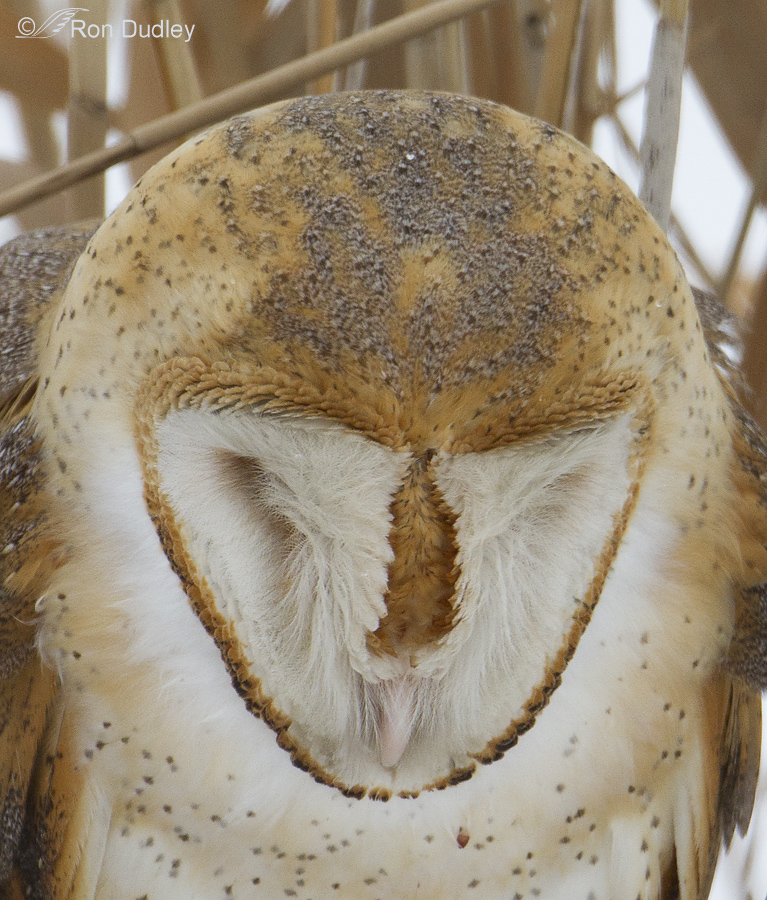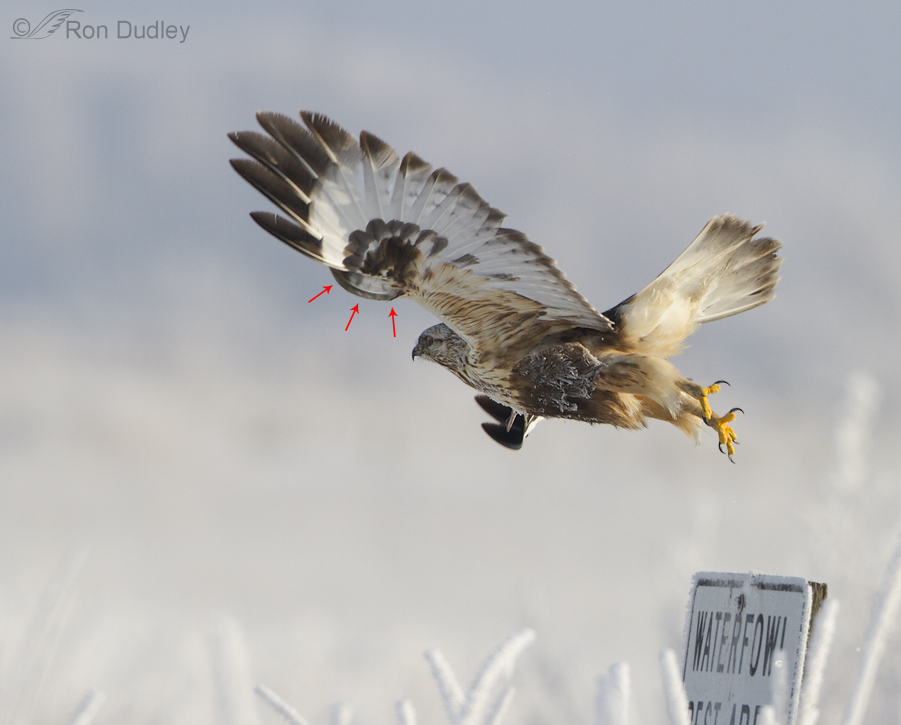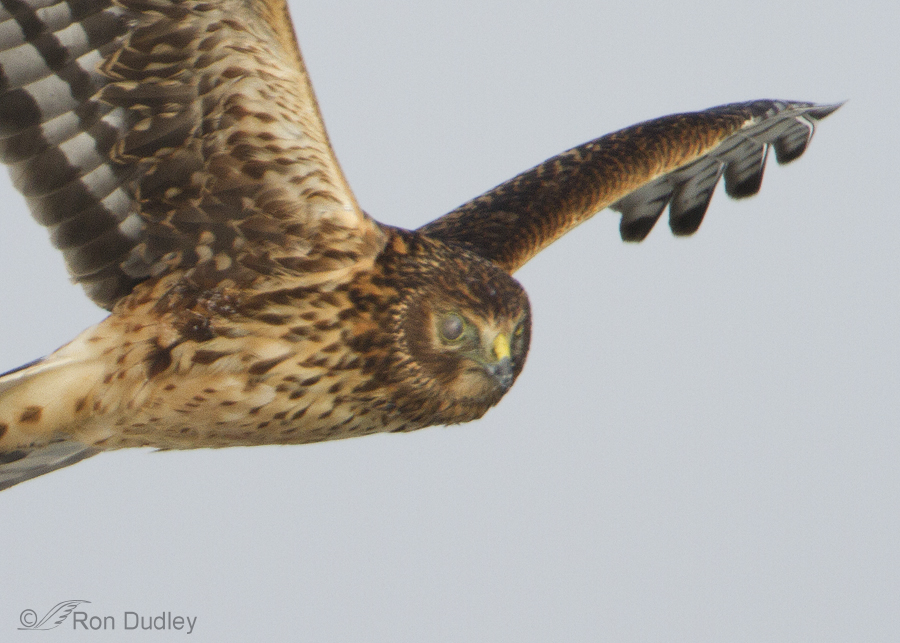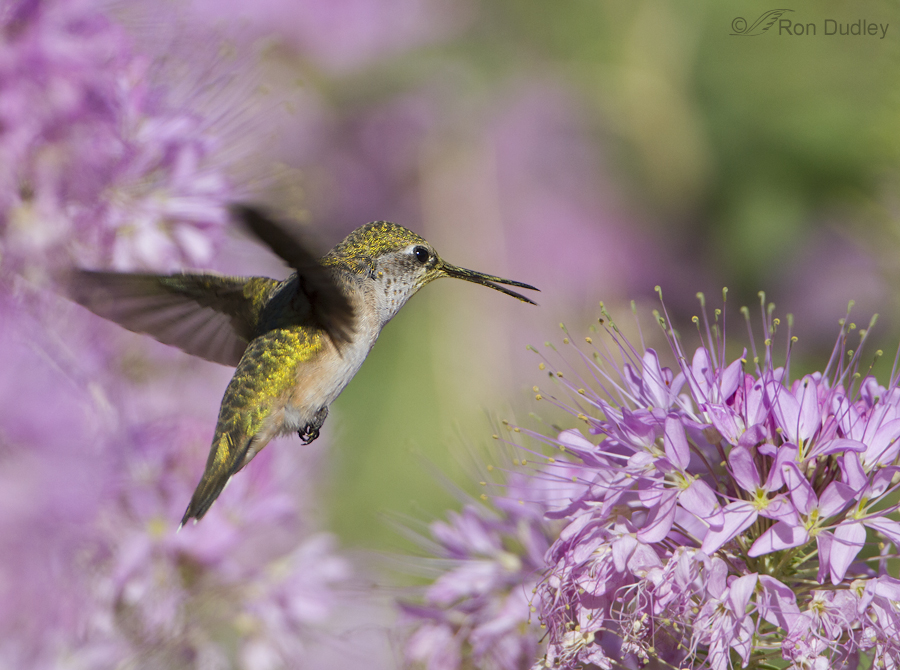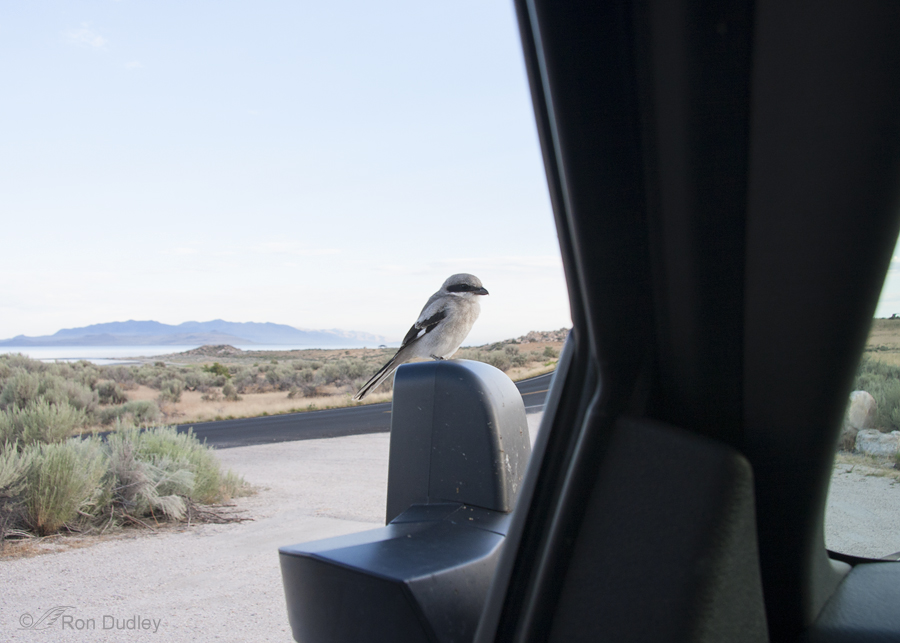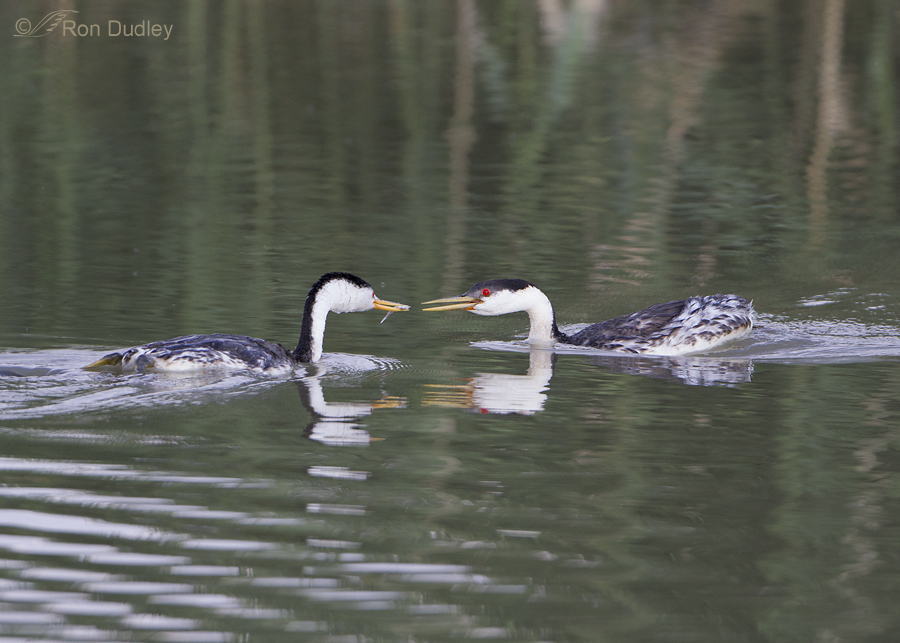Category: Bird Oddities
Some Very Odd-looking Pheasants
Barn Owl Facial Disc Manipulation And The Colors Beneath It
A Different Look At The Alula (bastard wing)
Eye Defects In Raptors
White-crowned Sparrows – Sunflower Gluttony And Crossed Bills
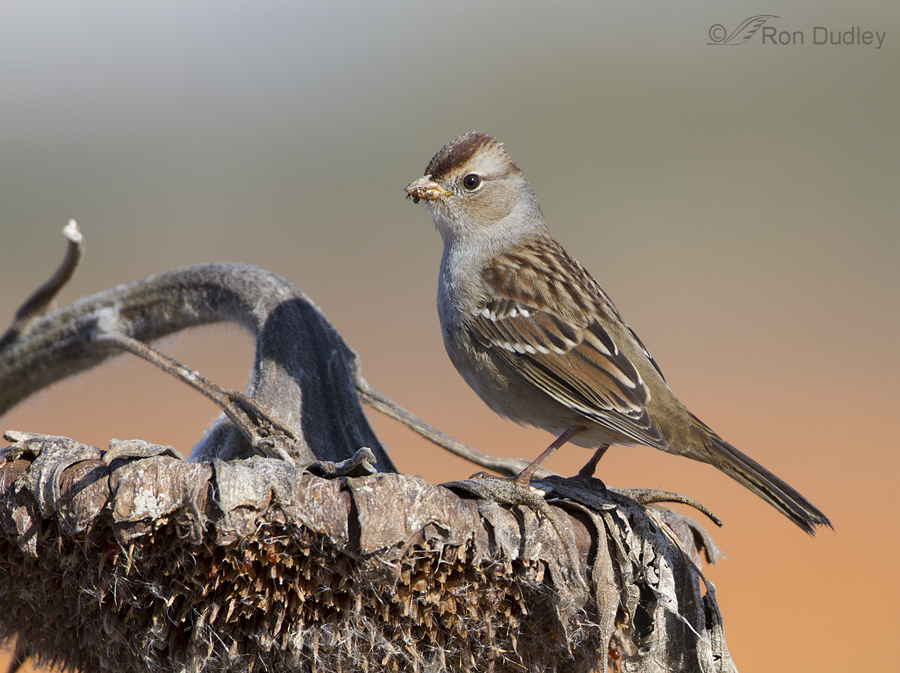
A local pumpkin farmer (Pack Farms) plants sunflowers along the periphery of his pumpkin field and each fall they provide a messy bounty for a variety of birds. Most species seem to be tidy eaters but the juvenile White-crowned Sparrows are an exception.
The orange in the background of these shots is – you guessed it – pumpkins.
Short-eared Owls And The “Handedness Phenomenon”
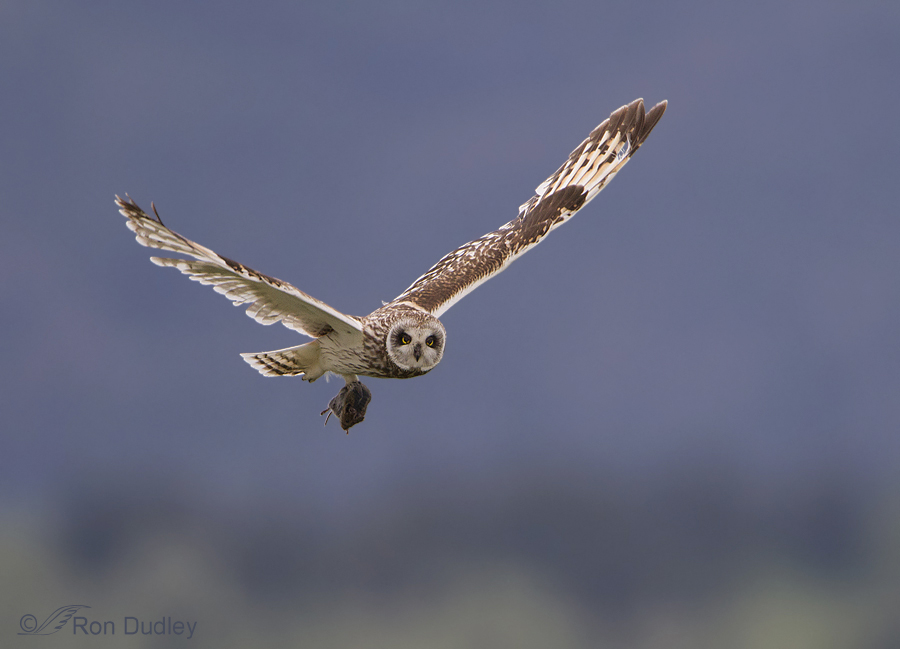
Handedness is a preference for using one hand (or limb) as opposed to the other. It’s a phenomenon many of us associate strictly with humans but other vertebrates can also show handedness, including birds. For example, many parrot species have a strong and consistent preference for using their left foot when bringing food to the beak.
Based on my own observations in the field I believe that Short-eared Owls may also display handedness.
Some Interesting Hummingbird Biology
Swainson’s Hawk Optical Illusion
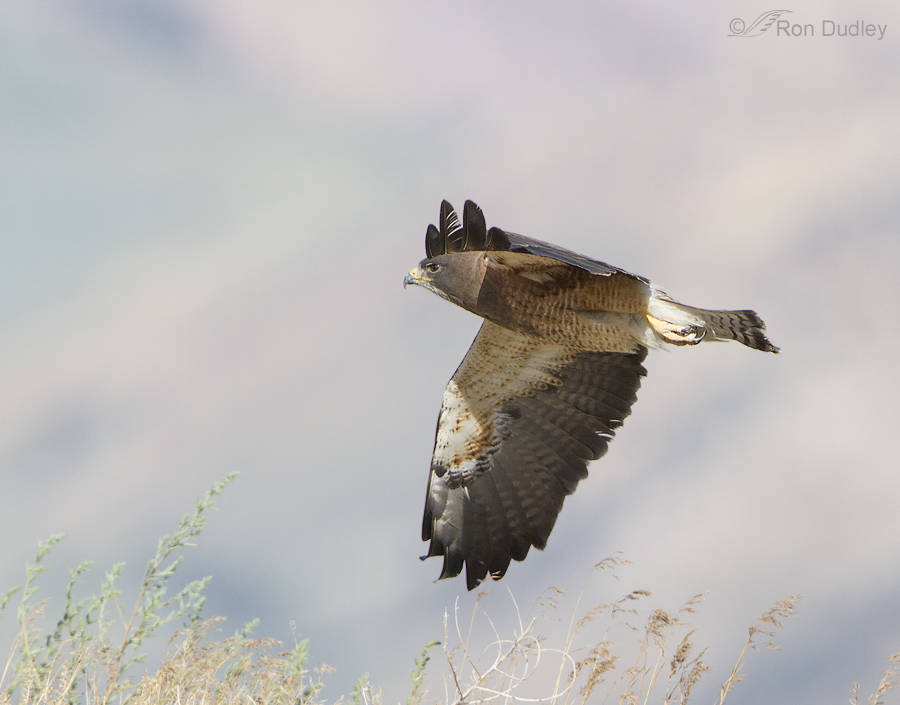
Each time I look at this image, at first the wing above the head appears to be the birds right wing on the far side of the body. But then a few seconds later my brain tells me that’s impossible because the lower wing is obviously the right wing and it’s impossible (or at least highly unlikely) for the hawk to have two right wings.
Enveloped By Shrikes!
Western Grebe Mated With Clark’s Grebe
How Can This Hawk Even Fly?
This might just be the rattiest looking raptor I’ve ever encountered in the wild.
I found this juvenile Red-tailed Hawk three days ago in Box Elder County, Utah. It was too far away for good photos but even so I scoped it out with my lens for ID and to look for anything unusual.
Common Nighthawk Of (on) A Different Stripe
This was one of my stranger encounters with the bird world, though I’ll preface my narrative by admitting that I don’t have a lot of experience with nightjars of any species so perhaps what this bird was doing wasn’t really so unusual. I just don’t know.
One Red-tailed Hawk, Six Canada Geese and One Huge Commotion
Last week, Mia and I enjoyed our first camping/photo trip of the season. We explored some remote areas of northern Utah and even found some interesting birds. But the incident I’m reporting on here still has me a bit perplexed.
Mucus-drinking Cowbird
Before Europeans came to North America and cleared forests which modified the environment into the agricultural and suburban landscapes of today, the range of the Brown-headed Cowbird was limited to the short-grass plains where they followed the almost endless herds of American Bison as they fed on the insects stirred up by those wandering behemoths. Early settlers so strongly associated them with bison that they were called “Buffalo Birds”. Today that relationship still exists wherever limited numbers of bison can still be found. Antelope Island is one of those places. One of the many challenges facing the cowbird was obtaining enough moisture as it followed the bison herds over the hot, rolling plains. In late summer several years ago I photographed a cowbird behavior that illustrated one of the ways they solved that problem. I found this huge bull languishing in the broiling sun next to a boulder that it had been using as a scratching post. A group of Brown-headed Cowbirds were in the vicinity but at first I wasn’t paying much attention to them. Then this female (at frame bottom) flew in close… and began flying at the nostrils of the bull. Initially I was unsure about what she was doing but she did it repeatedly and eventually it became clear that she was… drinking the mucus-laden secretions from the bison’s nostrils. She would actually hover in place as she gobbled down the long, stringy strands of mucus. Not a pretty sight and perhaps a bit unsettling to our human sensibilities but what an incredibly adaptive behavior…
Some Very Odd-looking Pheasants
Barn Owl Facial Disc Manipulation And The Colors Beneath It
A Different Look At The Alula (bastard wing)
Eye Defects In Raptors
White-crowned Sparrows – Sunflower Gluttony And Crossed Bills

A local pumpkin farmer (Pack Farms) plants sunflowers along the periphery of his pumpkin field and each fall they provide a messy bounty for a variety of birds. Most species seem to be tidy eaters but the juvenile White-crowned Sparrows are an exception.
The orange in the background of these shots is – you guessed it – pumpkins.
Short-eared Owls And The “Handedness Phenomenon”

Handedness is a preference for using one hand (or limb) as opposed to the other. It’s a phenomenon many of us associate strictly with humans but other vertebrates can also show handedness, including birds. For example, many parrot species have a strong and consistent preference for using their left foot when bringing food to the beak.
Based on my own observations in the field I believe that Short-eared Owls may also display handedness.
Some Interesting Hummingbird Biology
Swainson’s Hawk Optical Illusion

Each time I look at this image, at first the wing above the head appears to be the birds right wing on the far side of the body. But then a few seconds later my brain tells me that’s impossible because the lower wing is obviously the right wing and it’s impossible (or at least highly unlikely) for the hawk to have two right wings.
Enveloped By Shrikes!
Western Grebe Mated With Clark’s Grebe
How Can This Hawk Even Fly?
This might just be the rattiest looking raptor I’ve ever encountered in the wild.
I found this juvenile Red-tailed Hawk three days ago in Box Elder County, Utah. It was too far away for good photos but even so I scoped it out with my lens for ID and to look for anything unusual.
Common Nighthawk Of (on) A Different Stripe
This was one of my stranger encounters with the bird world, though I’ll preface my narrative by admitting that I don’t have a lot of experience with nightjars of any species so perhaps what this bird was doing wasn’t really so unusual. I just don’t know.
One Red-tailed Hawk, Six Canada Geese and One Huge Commotion
Last week, Mia and I enjoyed our first camping/photo trip of the season. We explored some remote areas of northern Utah and even found some interesting birds. But the incident I’m reporting on here still has me a bit perplexed.
Mucus-drinking Cowbird
Before Europeans came to North America and cleared forests which modified the environment into the agricultural and suburban landscapes of today, the range of the Brown-headed Cowbird was limited to the short-grass plains where they followed the almost endless herds of American Bison as they fed on the insects stirred up by those wandering behemoths. Early settlers so strongly associated them with bison that they were called “Buffalo Birds”. Today that relationship still exists wherever limited numbers of bison can still be found. Antelope Island is one of those places. One of the many challenges facing the cowbird was obtaining enough moisture as it followed the bison herds over the hot, rolling plains. In late summer several years ago I photographed a cowbird behavior that illustrated one of the ways they solved that problem. I found this huge bull languishing in the broiling sun next to a boulder that it had been using as a scratching post. A group of Brown-headed Cowbirds were in the vicinity but at first I wasn’t paying much attention to them. Then this female (at frame bottom) flew in close… and began flying at the nostrils of the bull. Initially I was unsure about what she was doing but she did it repeatedly and eventually it became clear that she was… drinking the mucus-laden secretions from the bison’s nostrils. She would actually hover in place as she gobbled down the long, stringy strands of mucus. Not a pretty sight and perhaps a bit unsettling to our human sensibilities but what an incredibly adaptive behavior…


